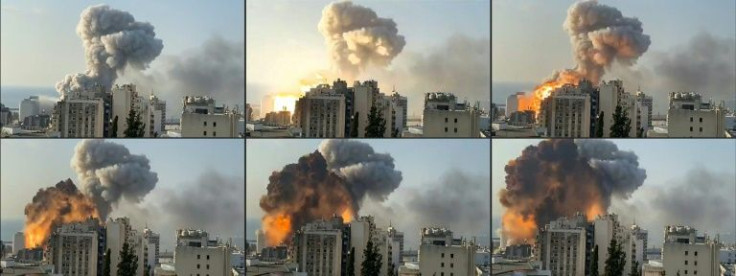International Day Against Nuclear Tests: World's 4 Most Destroyed Nuke Testing Sites
On Aug. 29, 1991, the Semipalatinsk nuclear test facility in Kazakhstan was shut down, marking the beginning of the International Day Against Nuclear Tests.
The purpose of the Day is to empower the United Nations (UN), its member states, intergovernmental and non-governmental organizations, educational establishments, young groups, and the media to inform, educate, and campaign for the need to stop nuclear weapon tests as a necessary step toward establishing a safer world.
Monday marks the thirteenth anniversary of the initiative. The UN hosts a celebration on this day to raise public awareness of the negative impacts of nuclear weapon testing and detonations as well as to emphasize the necessity of ending such tests.
Strikingly, 2000 nuclear test explosions were conducted between 1945 and 1996, making it essential to put a stop to the testing. Besides that, the Cold War between the U.S. and USSR, which lasted until 1991 when the USSR collapsed, was triggered by the nuclear testing conducted by both countries.
On July 16, 1945, the U.S. Army conducted the first nuclear test, known as Trinity, in a desert area of New Mexico. The test provided the U.S. the competence to attack Hiroshima and Nagasaki with atomic weapons in August 1945, a tragic attack in history. An estimated 200,000 people were killed, while survivors developed diseases brought on by radiation.
A total of 1,030 nuclear tests have been performed by the U.S. since 1945.
Here are 4 sites that were destroyed by humans after multiple nuclear testing:
Nevada Test Site
The Nye County, Nevada facility was established by President Truman in December 1950. Due to the massive amount of fallout caused by one particularly deadly bomb's explosion, site authorities gave it the moniker "Dirty Harry." The explosion, according to locals, "painted the sky a magnificent red" and left the air with an "oddly metallic type of taste." In total, 928 nuclear bombs were tested there by the government.
Bikini Atoll
On the isolated Pacific island of Bikini Atoll, the U.S. conducted 23 nuclear tests between 1946 and 1958. One of these tests was Castle Bravo, carried out in 1954 and involved the most potent nuclear bomb ever to explode in the US. This weapon, which produced radioactive fallout as far away as Australia, India, and Japan, was 1,000 times more powerful than the bombs that were detonated on Hiroshima and Nagasaki.
Sukhoi Nos
The most potent man-made explosive in history, Tsar Bomba, was set off by the Soviet Union in October 1961. The plume of smoke from the bomb, which exploded on the Sukhoy Nos cape of Severny Island, located off the coast of northwest Russia, measured 40 miles in height (seven times the height of Mount Everest), and 59 miles in width.
Mururoa and Fangataufa Atolls
Despite objections from the Polynesian Territorial Assembly, the French conducted nuclear weapons tests on these two tiny islands in French Polynesia between 1966 to 1996. According to Greenpeace, the first bomb tested drew all the water out of the atoll's lagoon and "rained dead fish" down on the atoll, contaminating Peru and New Zealand.

© Copyright IBTimes 2024. All rights reserved.






















